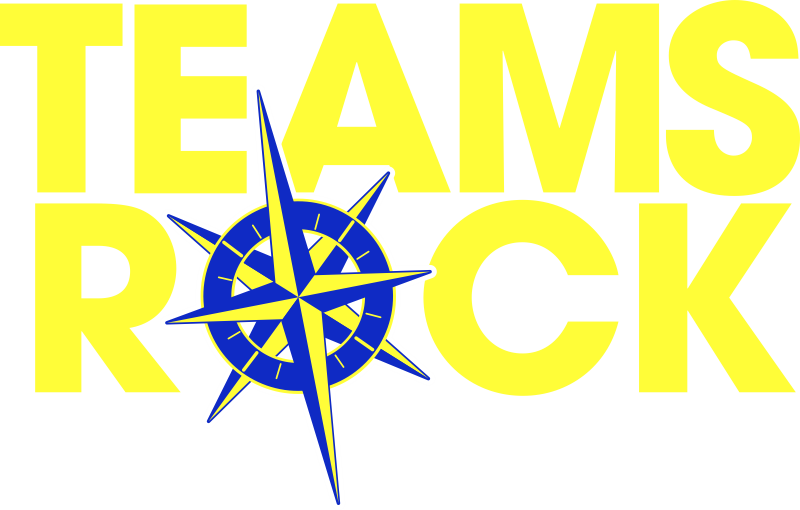Why average employees can stimulate top performers
 Caroline was getting average to slightly above average grades as a first semester freshman in college when her TA (teacher’s aide) in an entry level math class asked her if she would tutor a couple of struggling students. Caroline was taken aback by this request. Her first two tests in the class were in the low 80’s, not exactly top notch grades, yet not near failing either. She asked the TA why he chose her, and he responded, “You grasp the concepts and can help these students get better.” Being one who likes to help others, Caroline graciously accepted the challenge and began working with the two other students the next week.
Caroline was getting average to slightly above average grades as a first semester freshman in college when her TA (teacher’s aide) in an entry level math class asked her if she would tutor a couple of struggling students. Caroline was taken aback by this request. Her first two tests in the class were in the low 80’s, not exactly top notch grades, yet not near failing either. She asked the TA why he chose her, and he responded, “You grasp the concepts and can help these students get better.” Being one who likes to help others, Caroline graciously accepted the challenge and began working with the two other students the next week.
In the weeks she worked with them, Caroline devoted additional time to her studies, making sure she understood how to “re-teach” what she had learned earlier to these students. When the TA passed out the results of the next test, the struggling students, who had gotten mid 60’s on their previous tests, raised their grades to the upper 70’s. When Caroline got her results, her score was 93 percent. She was shocked at how well she did. The TA had written on the top of her test to see him after class.
When she went up to the TA, he said, “Now, do you see why I wanted you to tutor those students?” She was puzzled. He said, “We can all learn from each other. You helped them get better and, in turn, they helped your drive to improve.”
It has long been a myth that growth and motivation are responsibilities of management. Just like Caroline being a tutor as an average student, helping her fellow students improve in turn improved her own performance. This can also be applied in the workforce today. In fact, some of the greatest motivation comes from our peers.
When team culture is on target, everyone wants to assist everyone else, ultimately raising the bar for the entire team.
Let’s look at employee development and why this works in the workforce. Like Caroline, strong employees want to do well and tend to push themselves harder when they are working with weaker employees. Sometimes this is strictly a pride thing and other times it is just a byproduct of better practice and personal performance.
Now, what about motivating employees from the lower levels? Much of this is the same principle of competition. Yet there is another aspect as to why motivation works here: when we embrace the concept of sharing information and not competing against everyone, or holding back information for our own self-development, the entire organization is stimulated. Once growth begins, motivation is a natural occurrence, from both groups of employees.
Here are a few steps for leaders to consider when teaming up employees:
- Let them know this is a partnering situation and should not be considered negative.
- Have a mix of seasoning and freshness between employees.
- Know the behavioral styles of everyone and ensure that they are compatible.
- Have employees set goals and provide objectives, including a timetable.
- Have your own quantifiable goals to look at for everyone.
This process can take place for as short as a few months or ongoing in perpetuity. Don’t forget to recognize and praise all accomplishments as they occur.
You may want to mix things up a bit and change the teaming process. This will provide a better job of collaboration across team lines, and this, in turn, will benefit the organization as a whole.
Image courtesy of Jeff Djevdet

